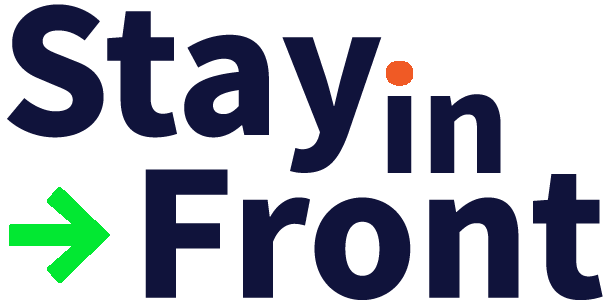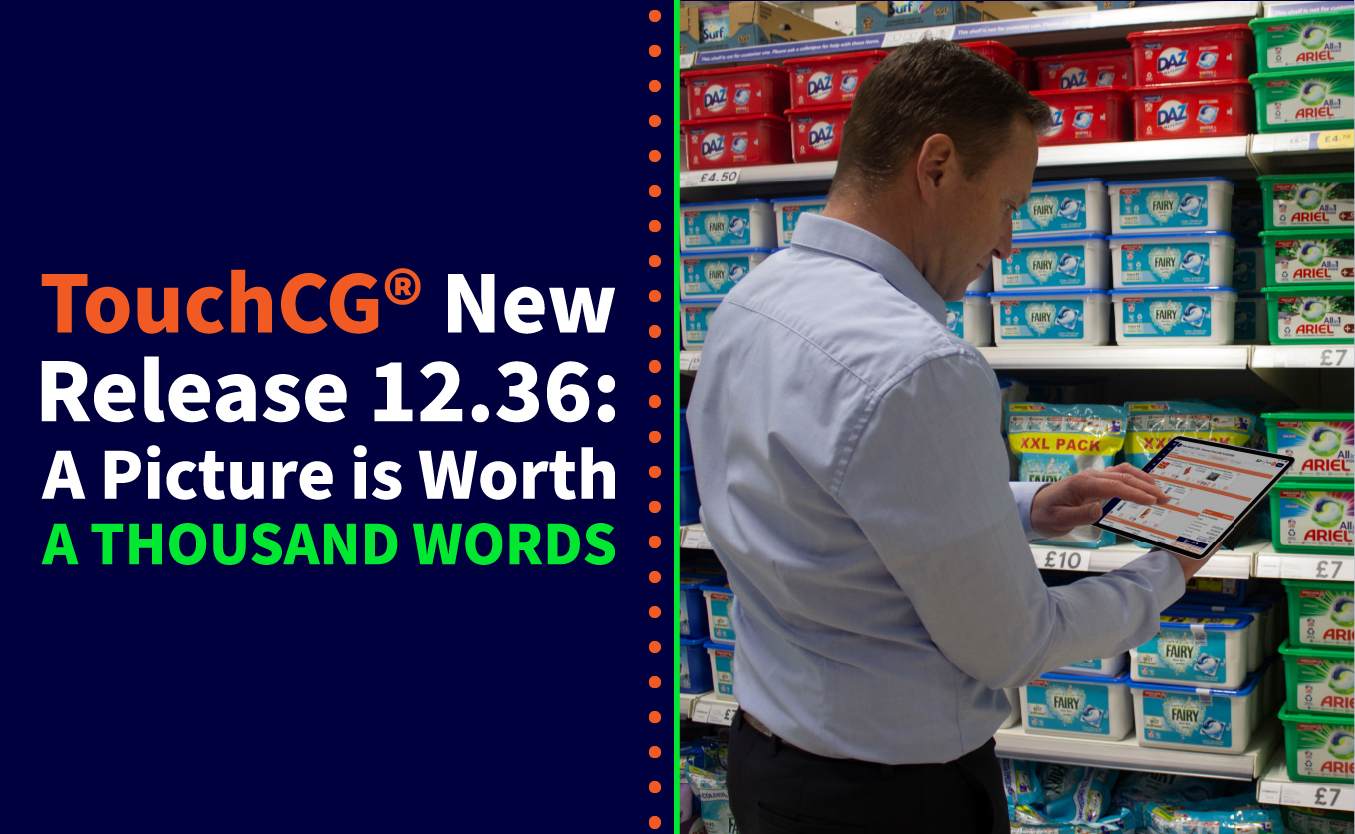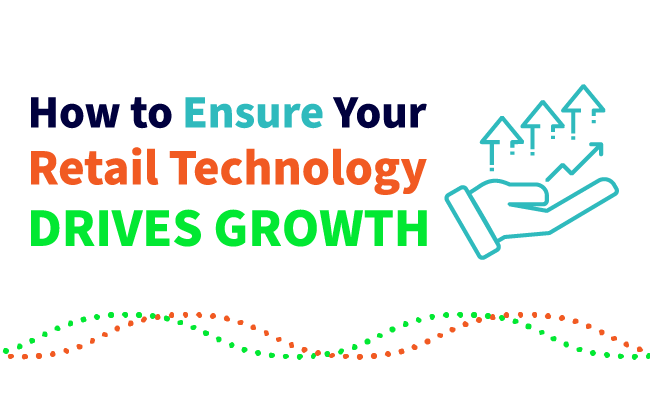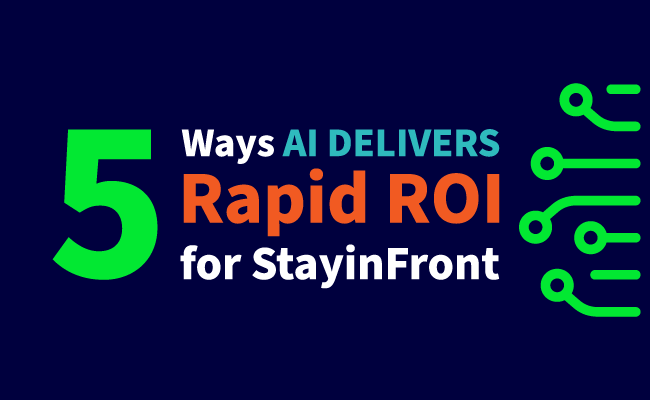PREDICTIVE ANALYTICS – SUPERCHARGING YOUR FIELD SALES STRATEGY
In a Modern Trade context, it is relatively straightforward to assign an appropriate level of field sales resources to outlets without leveraging predictive analytics. Stores can be prioritized thanks to the free availability of store level data from retailers to aid field reps with retail execution. In markets and channels with no such data, the task is much more complex. This problem may arise in the Traditional Trade channel, where no POS data can be found or in developing economies, where the Brand Owner may know little more than the name of the owner and the address of the outlet.
So how can Brand Owners apply science to the fiendishly tricky job of figuring out which stores to visit and which not? And taking that approach a step further, which stores get lots of sales force time and which get less?
This is where a Predictive Analytics approach can help. The key to the Modern Trade ‘data informed’ model is to identify the sales and development potential of every outlet, then to allocate the right level and type of sales resource.
So how would this work?
Brand Owners with Field Sales teams have a good idea of the sales in stores they visit regularly. The team audits the shelf, compares its range with that of competitors, logs the share of space and so on.
What about the stores not visited by the sales team?
In our modern world, there is a plethora of information available from a wide variety of sources.
Predictive modelling uses machine learning and intelligent algorithms to study the mountain of data about each outlet and its environment to calculate the likely sales potential of a store which has never been visited by members of the Brand Owner’s sales team.
This enables the call file to be managed organically as changes in the data occur. This can include changes in anything from levels of economic activity across regions and areas, to new store openings and closures and a host of other evolving data too.
Predictive Analytics segmentation technology can also assign the right number of visits per year and that these visits are of the ideal duration to liberate the identified potential sales of the outlet.
Finally, the model can even suggest the right type of resource (merchandiser, sales rep etc) appropriate for the outlet type and its sub segment.
So not only does the Brand Owner now have an optimized call file, it also has a contact strategy designed to maximize sales revenues.
To find out more on how Predictive Analytics can help to direct the salesperson to the ideal action to drive sales and how to overcome challenges when implementing a Predictive Analytics solution, download the How Predictive Analytics Can Supercharge Field Sales Effectiveness White Paper.
Contact your local StayinFront representative to find out how Predictive Analytics can help your business.







